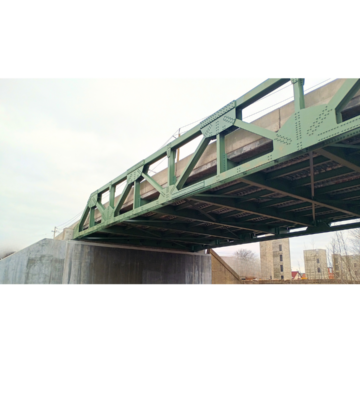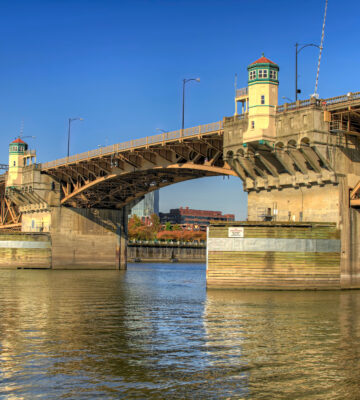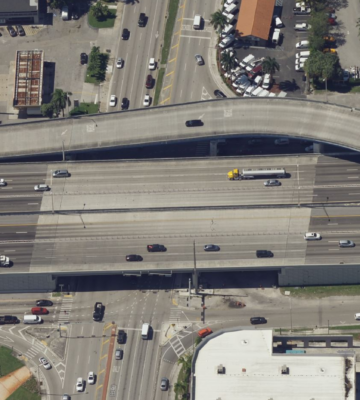The Hangzhou Bay Bridge is a 22.4 mile-long, cable-stayed crossing that connects Shanghai and Ningbo, China. Hardesty & Hanover provided constructability consulting and engineering services for this six-lane, long span bridge crossing 20 miles of ocean bay. The structure includes 500 spans of prestressed concrete box girders over a non-navigable viaduct and two cable-stayed bridges over navigation channels.
At opening, the bridge was the world’s longest sea crossing, and cost $1.5 billion to construct. The focus of Hardesty & Hanover’s input was constructability, which was a critical factor in the design. Most of the Hangzhou Bay Bridge is a viaduct consisting of dual, precast-concrete box girders, and each carries three lanes of traffic. Each box girder measures 52.5 feet wide and 11.5 feet deep. The 500 spans each measure 164 feet long or 230 feet long. Steel pipe piles, typically 263 feet long, serve as foundations along most of the alignment, although some drilled shafts and cast-in-place concrete piles were used. The girders were transported to the site by sea and lifted into place by a large-capacity floating crane.
The bridge was opened to traffic in 2009.




